Your outdoor space should be a personal oasis—a place where you can relax, entertain, and enjoy the beauty of nature. But sometimes, design missteps can turn this potential haven into an uninviting area that doesn’t meet your needs. If you’re wondering why your backyard isn’t the sanctuary you’d hoped for, read on. We’re counting down 21 signs that your outdoor space might be badly designed and how you can fix them.
21. The Space Doesn’t Reflect Personal Style
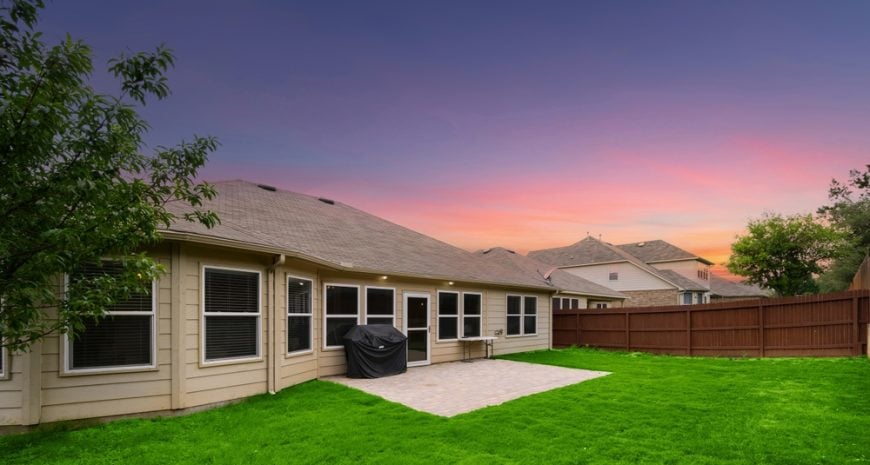
An outdoor area that lacks personal touches can feel impersonal and disconnected from the rest of your home. Maybe you’ve chosen generic furniture or haven’t incorporated elements that showcase your interests. By adding decor that reflects your personality—like handmade planters, artwork, or even a color scheme that matches your indoor spaces—you can transform your yard into a true extension of yourself.
20. Drainage Issues Lead to Puddles
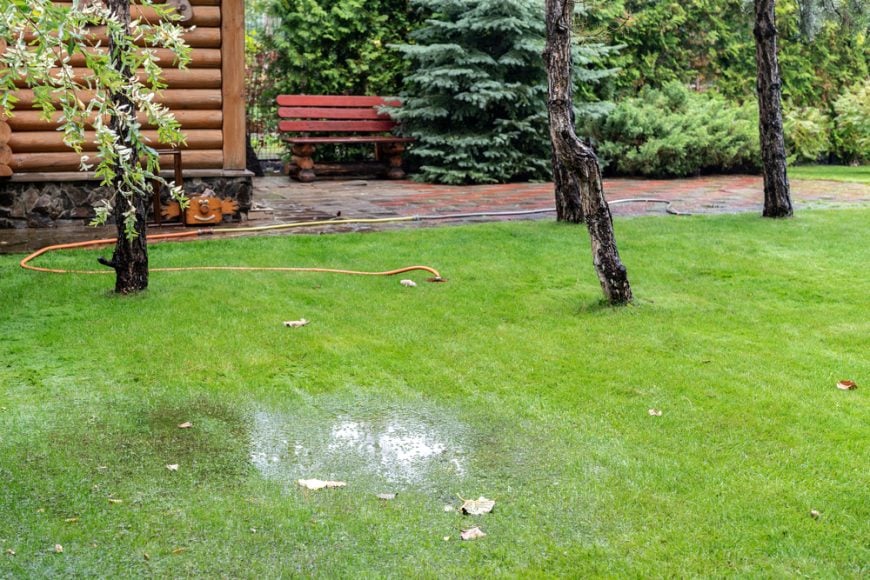
After a rainstorm, do you find yourself navigating around puddles that linger for days? Poor drainage not only creates messy inconvenience but can also damage plants and foundations. Installing French drains, adjusting the slope of your yard, or adding rain gardens with water-loving plants can alleviate these issues, ensuring your outdoor space remains usable and attractive, rain or shine.
19. Ignoring the Importance of Color

A lack of color can make your outdoor space feel dull and lifeless. Without the visual interest that color provides, gardens and patios can seem uninviting. Incorporate colorful plants, vibrant outdoor rugs, or cushions in bold hues. Even painting a fence or garden wall with a splash of color can invigorate the area, turning it into a cheerful retreat.
18. No Area for Outdoor Dining
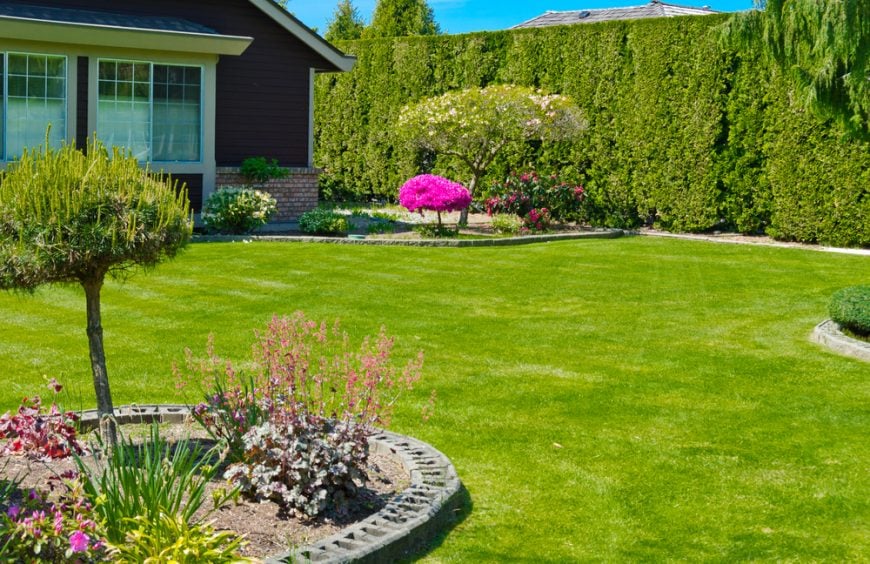
One of the joys of having an outdoor space is dining al fresco, yet without a designated area, you might miss out on this simple pleasure. Whether it’s a full dining set under a pergola or a small bistro table tucked into a cozy corner, creating a spot for outdoor meals encourages you to enjoy your space more fully and makes entertaining guests a breeze.
17. Overgrown Trees Obstructing Views
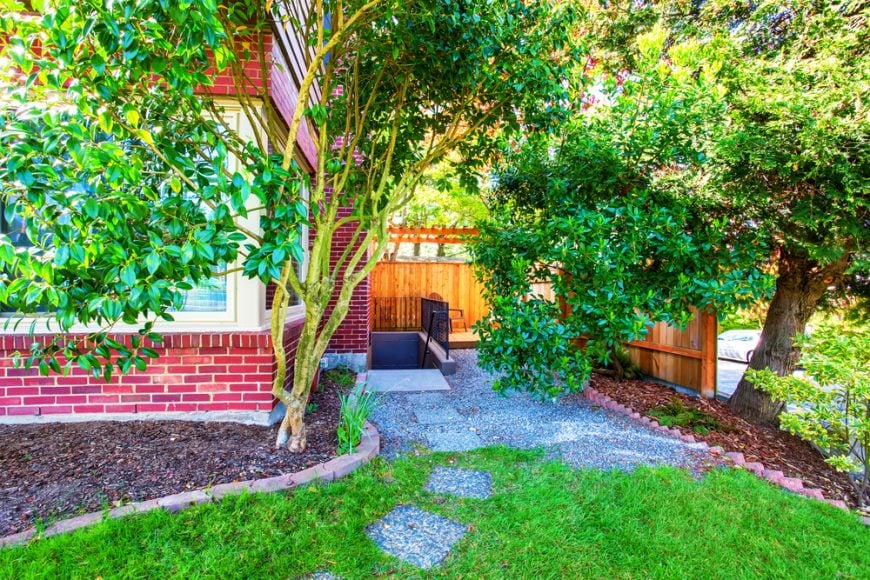
Trees provide shade and beauty, but when they’re overgrown, they can block sunlight and views, making your space feel closed in. Regular trimming keeps trees healthy and ensures they enhance rather than hinder your outdoor environment. Plus, managing tree growth can reveal vistas you didn’t realize were there, like a glimpse of the sunset or a skyline view.
16. Pet Damage Goes Unrepaired
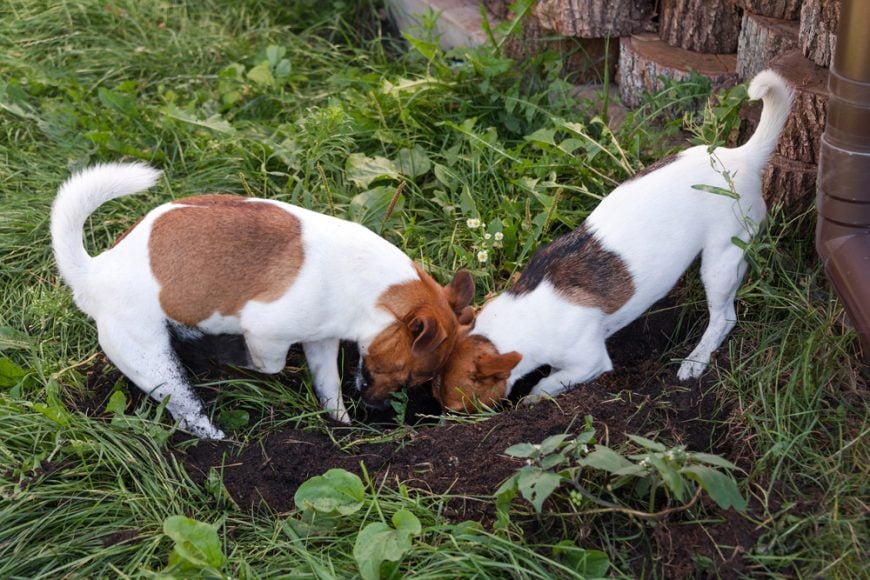
Pets are part of the family, but their playful antics can leave your yard worse for wear. Digging, chewing, and trampling can damage grass, plants, and furniture. Addressing these issues—by repairing holes, reinforcing fences, or creating a designated pet play area—helps maintain the beauty of your space while keeping it safe and enjoyable for your furry friends.
15. Neglecting Seasonal Maintenance
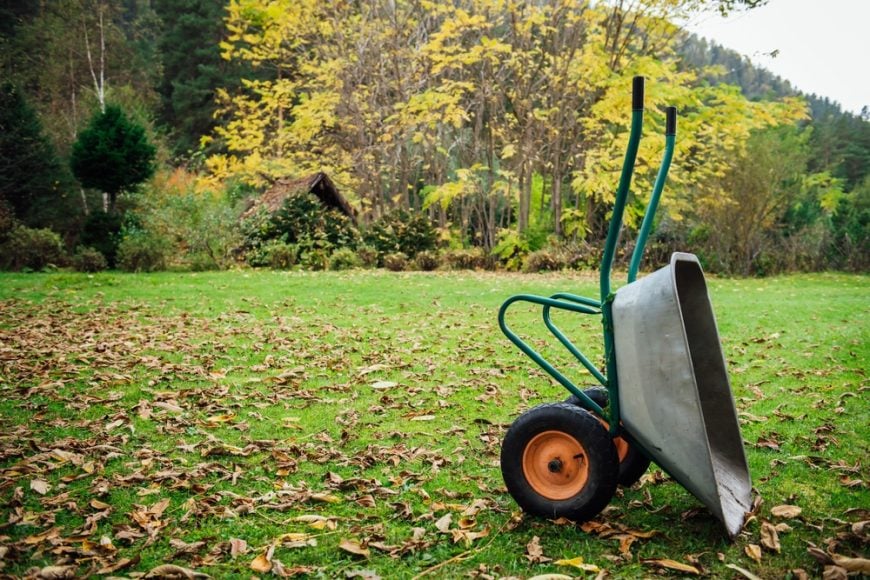
Each season brings different challenges, and neglecting maintenance can leave your outdoor space in disrepair. Ignoring leaf buildup in the fall, failing to protect furniture in winter, or not preparing garden beds in spring can lead to long-term problems. A seasonal checklist helps keep your space looking its best and ensures it’s ready for use year-round.
14. Unsightly Utility Areas in Plain View
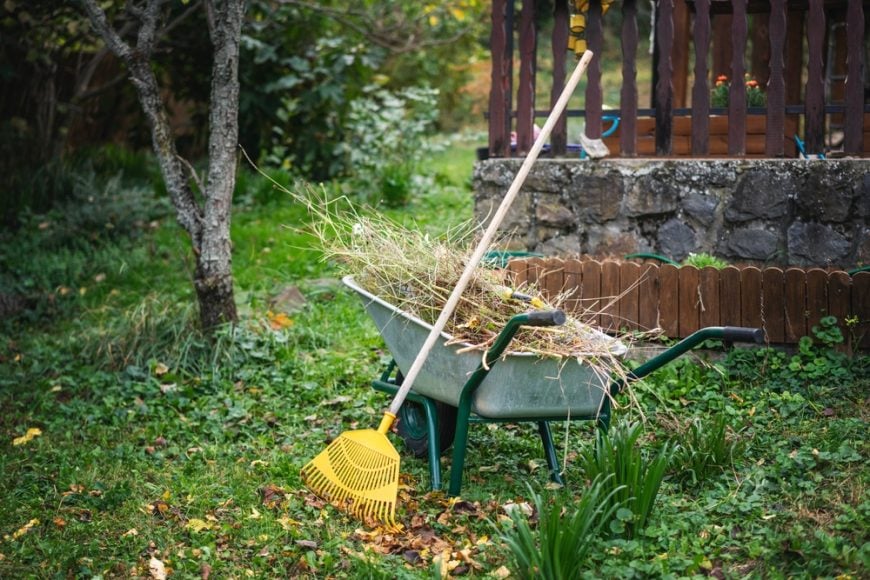
Exposed trash bins, air conditioning units, or pool equipment can be an eyesore. These necessary elements don’t have to detract from your space if you find creative ways to conceal them. Use decorative screens, lattice work with climbing plants, or strategically placed shrubs to hide utility areas, improving the overall aesthetics without sacrificing functionality.
13. Water Features That Don’t Work
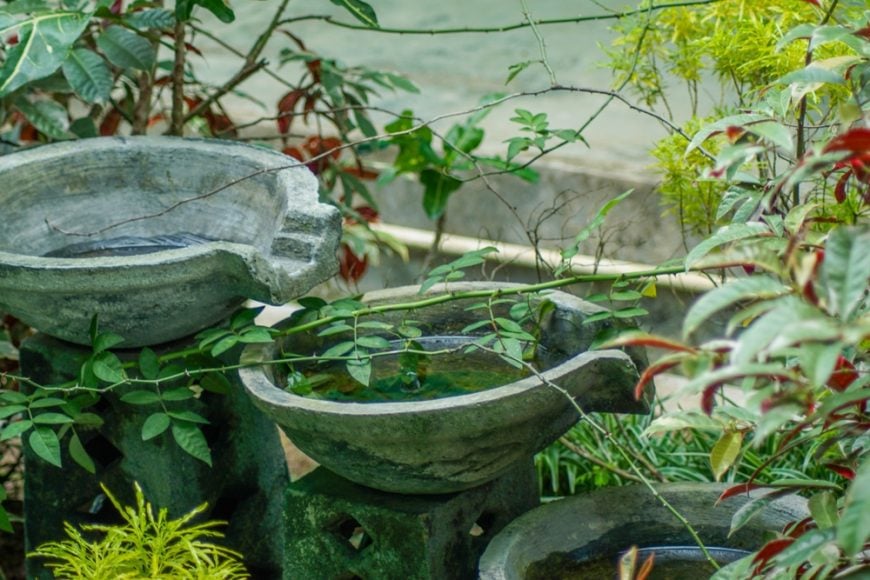
A fountain with no water or a pond that’s seen better days can make your yard look neglected. These features are meant to add tranquility and beauty, but when they’re not maintained, they have the opposite effect. Regular cleaning, proper winterization, and timely repairs keep water features functioning and ensure they remain a captivating focal point in your garden.
12. Too Much Space Covered in Hard Surfaces
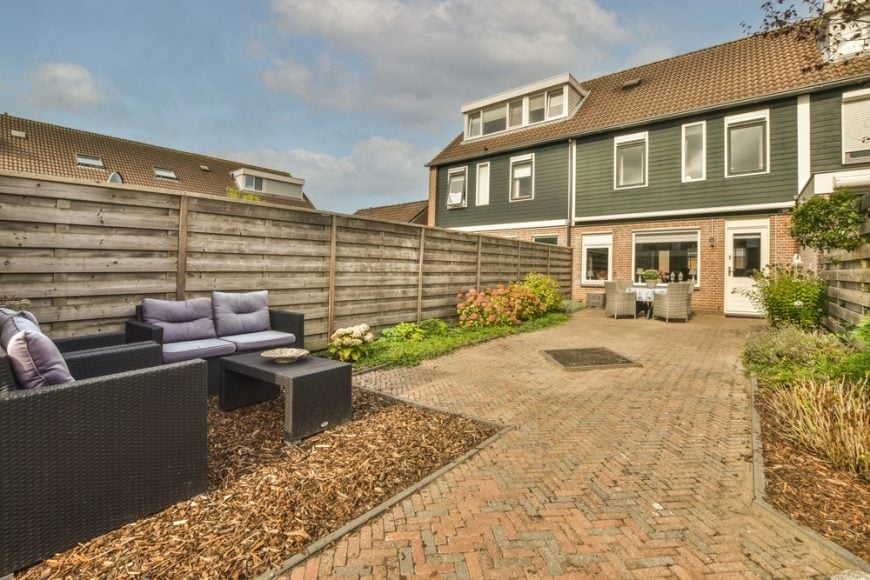
Too much concrete, stone, or decking can make your outdoor space feel harsh and uninviting. Incorporating softer elements like grass patches, flower beds, or even potted plants can balance hard surfaces. Using materials like wood chips or gravel for pathways adds texture and warmth, creating a more welcoming and comfortable environment.
11. Furniture That’s Seen Better Days
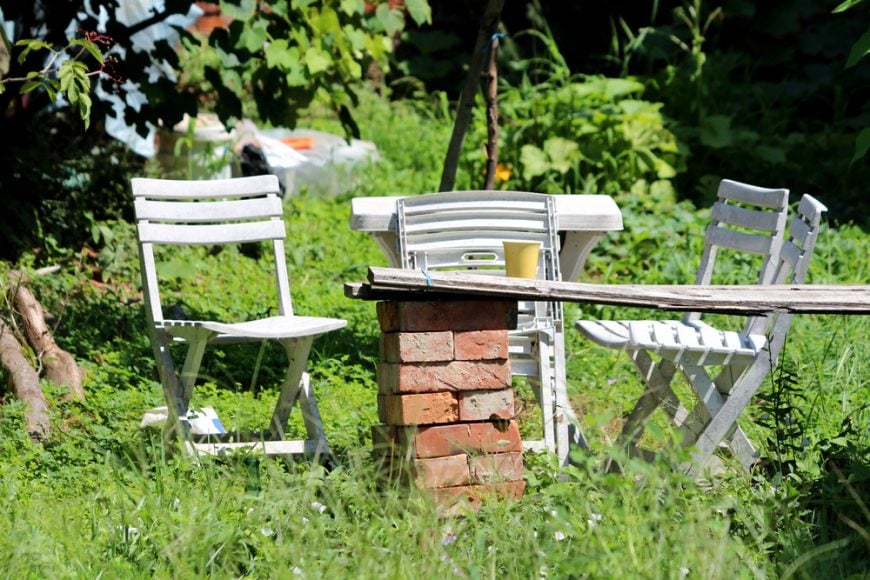
Worn, outdated, or uncomfortable furniture can detract from your outdoor experience. Peeling paint, rust, or sagging cushions aren’t just unsightly—they might also discourage you from spending time outside. Updating furniture doesn’t have to be expensive; sometimes a fresh coat of paint or new cushions can breathe new life into old pieces, making your space more inviting.
10. Absence of Natural Elements
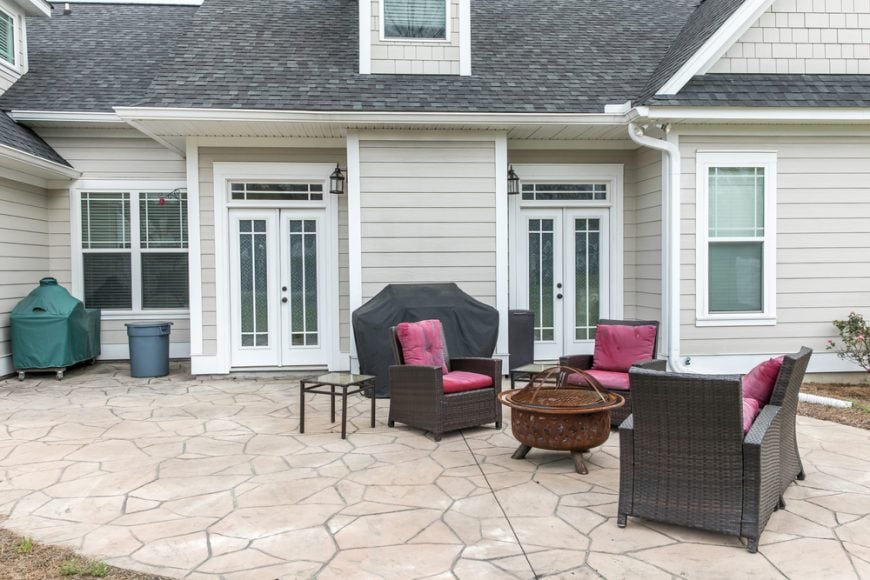
An outdoor space devoid of plants and greenery can feel sterile. Incorporating natural elements like shrubs, flowers, or even a small herb garden enhances the ambiance and supports local wildlife like birds and butterflies. If you’re short on space or time, low-maintenance options like succulents or ornamental grasses can add life without overwhelming upkeep.
9. Mismatched or Disjointed Design Elements

A mix of clashing styles can make your outdoor area feel chaotic. For example, combining ultra-modern lighting with rustic furniture and tropical plants creates visual confusion. Selecting a cohesive theme or style that reflects your taste—be it contemporary, traditional, or eclectic—harmonizes the elements and creates a more pleasing aesthetic.
8. Inadequate Privacy from Neighbors
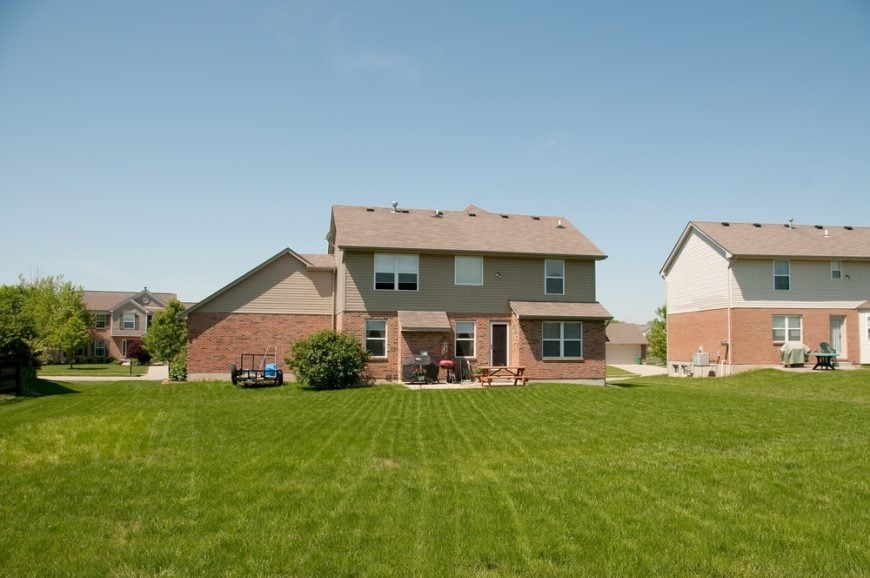
If your yard feels exposed, it can be hard to relax. Solutions like installing a fence, planting privacy hedges, or adding a trellis with climbing vines create a sense of seclusion. Even simple additions like outdoor curtains around a pergola can provide a cozy nook, allowing you to enjoy your space without feeling like you’re on display.
7. Neglected Lawn with Patchy Grass
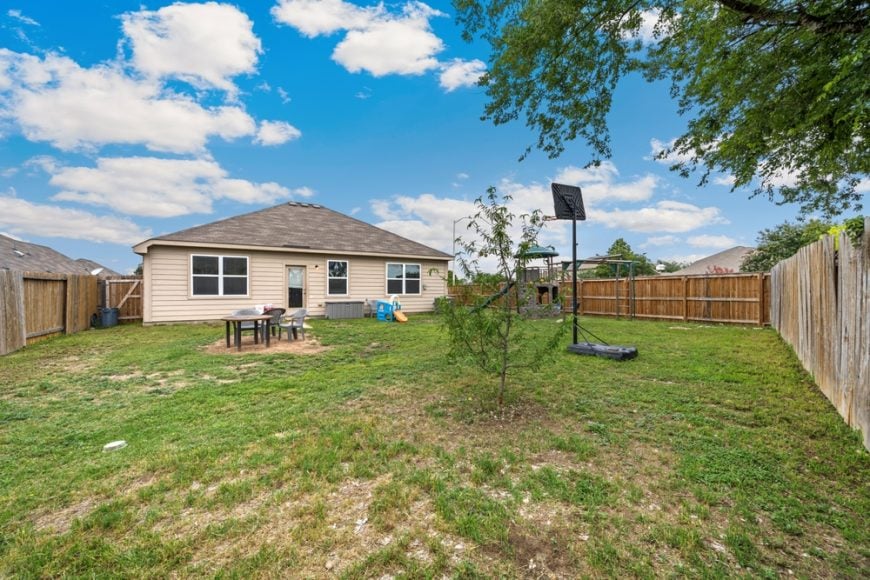
Bare spots, weeds, and uneven growth can make your lawn look unkempt. Regular mowing, fertilizing, and overseeding help maintain a lush, green lawn. If grass isn’t growing well, consider alternatives like ground covers, moss gardens, or installing a low-maintenance patio area to reduce the time and effort needed for upkeep.
6. No Clear Pathways or Walkways
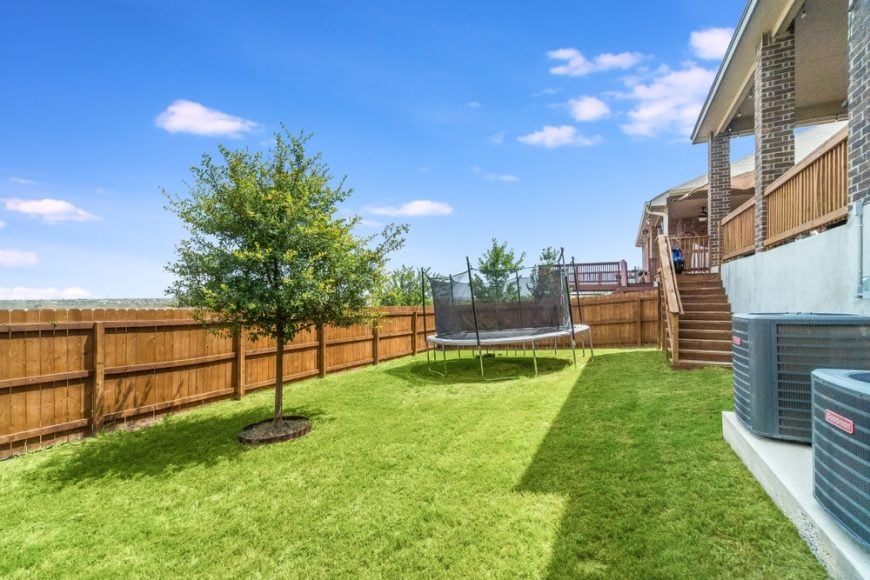
Without defined paths, your yard can seem disorganized and might lead to trampled plants or muddy trails. Creating walkways with stepping stones, gravel, or wood chips not only directs foot traffic but also adds structure and visual interest. Well-placed paths can highlight features like flower beds or water elements, enhancing both function and beauty.
5. Lack of Shade Leaves You Exposed
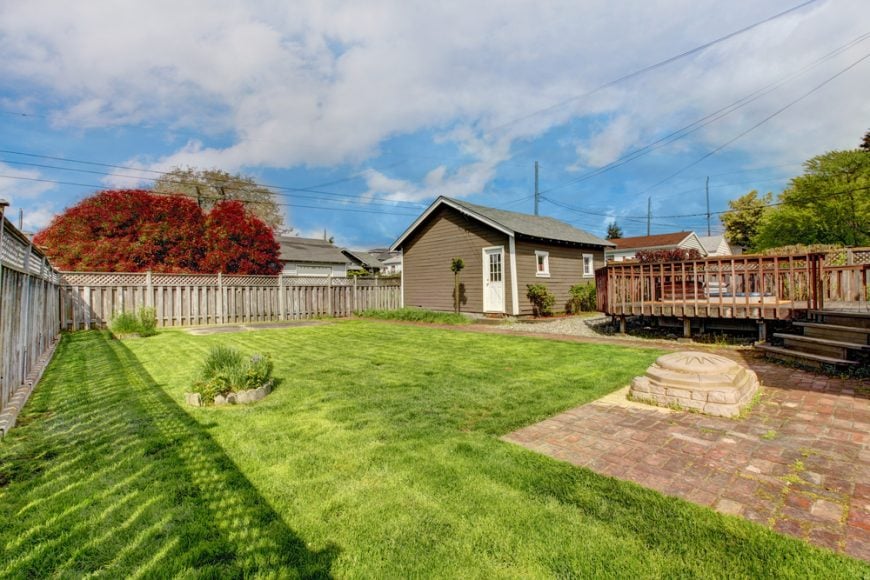
A yard with no shade can be unbearable during hot days, limiting your ability to enjoy the space. Adding shade structures like umbrellas, pergolas, or planting shade trees provides relief from the sun. Not only does this make the area more comfortable, but it also protects you from harmful UV rays and can extend the longevity of your outdoor furniture.
4. Cluttered with Unnecessary Items
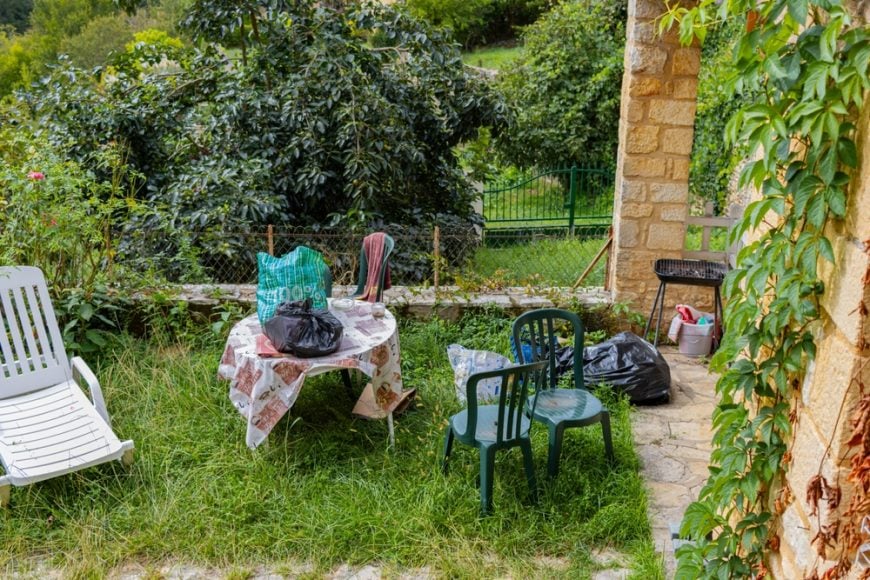
An outdoor space that’s messy or filled with unused items can feel stressful rather than relaxing. Old toys, gardening tools left out, or random decor items can make the area seem smaller and less inviting. Regularly decluttering and organizing, perhaps with the addition of storage solutions like sheds or benches with hidden compartments, keeps your space tidy and open.
3. Poor Lighting Makes Evenings Gloomy
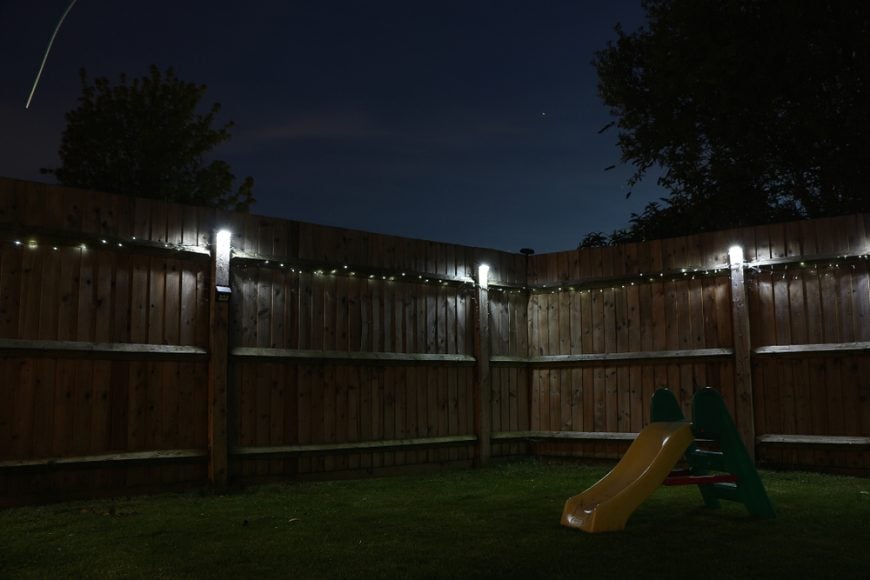
Insufficient lighting limits the use of your outdoor space after dark. Installing a variety of lighting options—such as string lights for ambiance, path lights for safety, and spotlights to highlight features—can transform your yard into a nighttime haven. Solar-powered options are eco-friendly and eliminate the need for extensive wiring.
2. No Comfortable Seating Areas
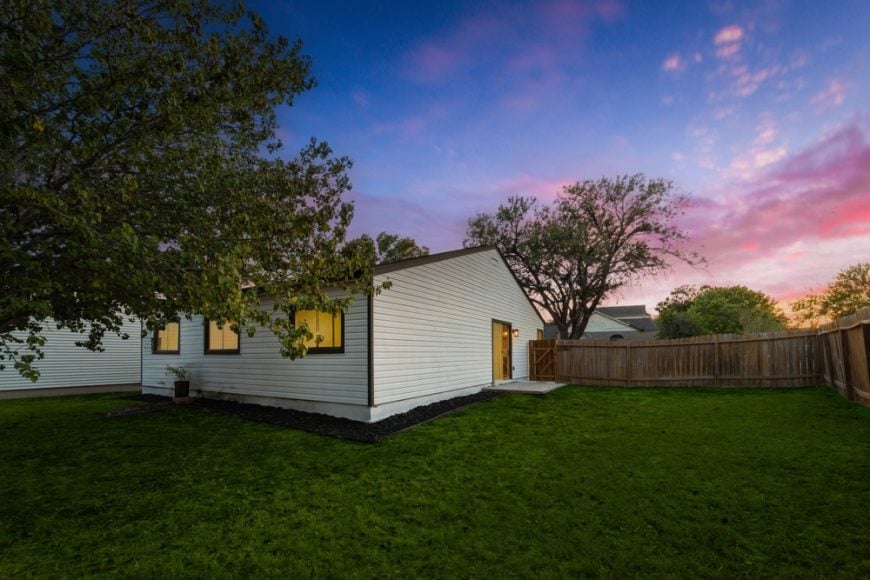
Without inviting places to sit, you might find yourself standing or going back indoors. Comfortable seating encourages relaxation and socializing. Consider options like cushioned chairs, a porch swing, or even a hammock for lounging. Tailoring seating to your activities, whether it’s reading alone or hosting friends, makes your outdoor space more functional and enjoyable.
1. Overgrown Weeds Take Center Stage
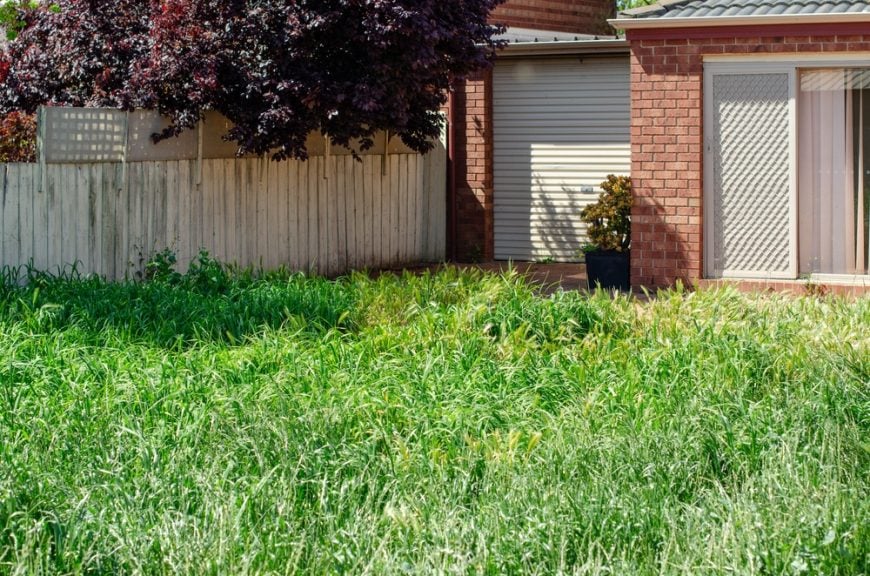
When weeds are the most prominent feature of your yard, it’s a clear sign that attention is needed. Weeds compete with desirable plants for nutrients and water, and they can quickly overrun flower beds and lawns. Regular weeding, mulching, and using weed barriers help keep them in check, allowing your chosen plants to thrive and your space to look well-tended.






